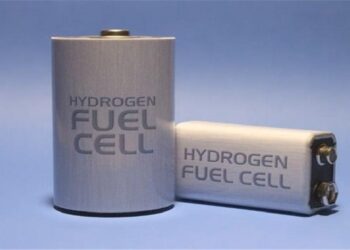A female operator of the Colomiers agency of the company Apave Sudeurope was accidentally exposed in the agency’s bunker to radiation emitted by an X-ray generator used for industrial radiography.
Enlarge the visual
The operator entered the bunker without realising that the device was emitting ionising radiation. She was directly exposed to the beam from the X-ray tube for several minutes. As soon as this abnormal situation was detected, Apave Sudeurope suspended utilisation of the facility and requested the emergency development of the operator’s passive dosimeter. It notified ASN of this event on 4th August 2015.
ASN inspectors and a labour inspector conducted an on-site inspection in the presence of the company’s occupational physician. Apave Sudeurope informed the inspectors that the safety device that stops X-ray emission when the bunker doors are opened had been intentionally disabled shortly before the event on account of a technical failure. This constitutes a deviation from the regulation and a serious failure in the radiation protection organisation.
The operator’s passive dosimeter measured an effective dose of 82 millisieverts, which is higher than the regulatory annual effective dose limit. This limit is 20 millisieverts for a person likely to be exposed to ionising radiation in the course of their professional activity. As the whole-body exposure of the operator was not uniform, some parts of the body may have received higher doses. ASN has mandated IRSN, its technical expert, to conduct a finer reconstruction of the received doses.
ASN has provisionally rated this event level 2 on the INES radiological events scale, which comprises 8 levels from 0 to 7. This rating may by revised upwardly, depending on the conclusions of the ongoing analysis and the associated expert appraisals.





































